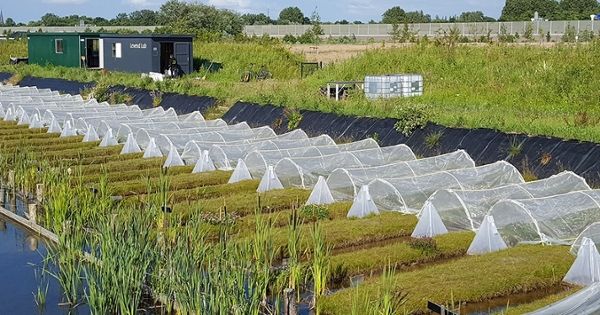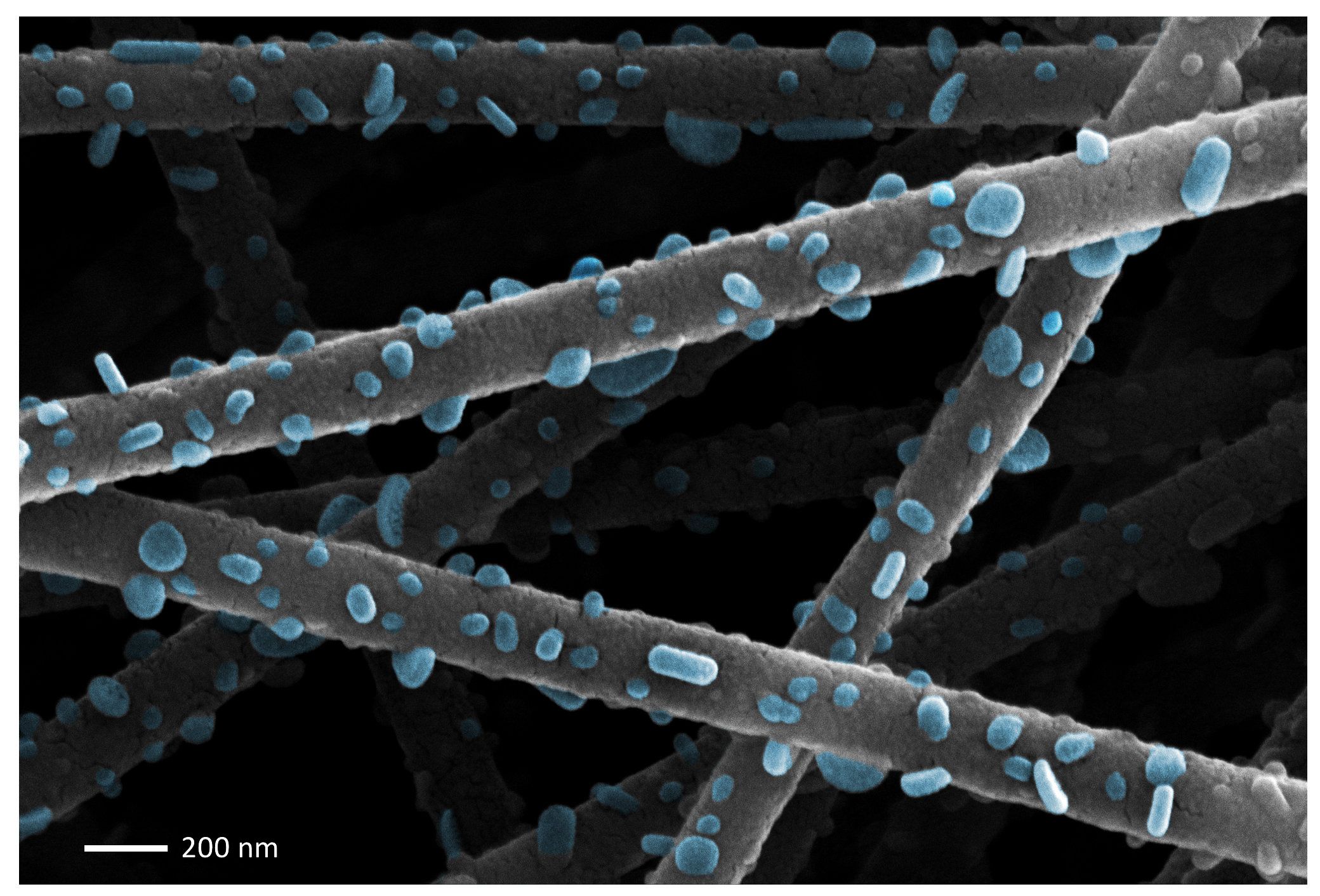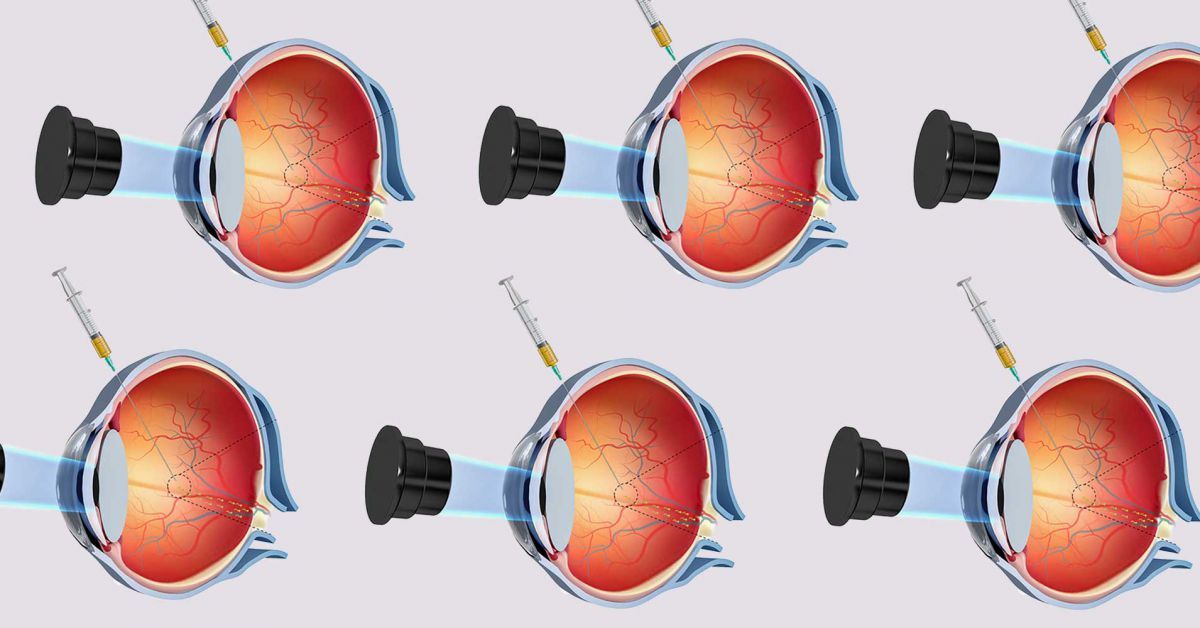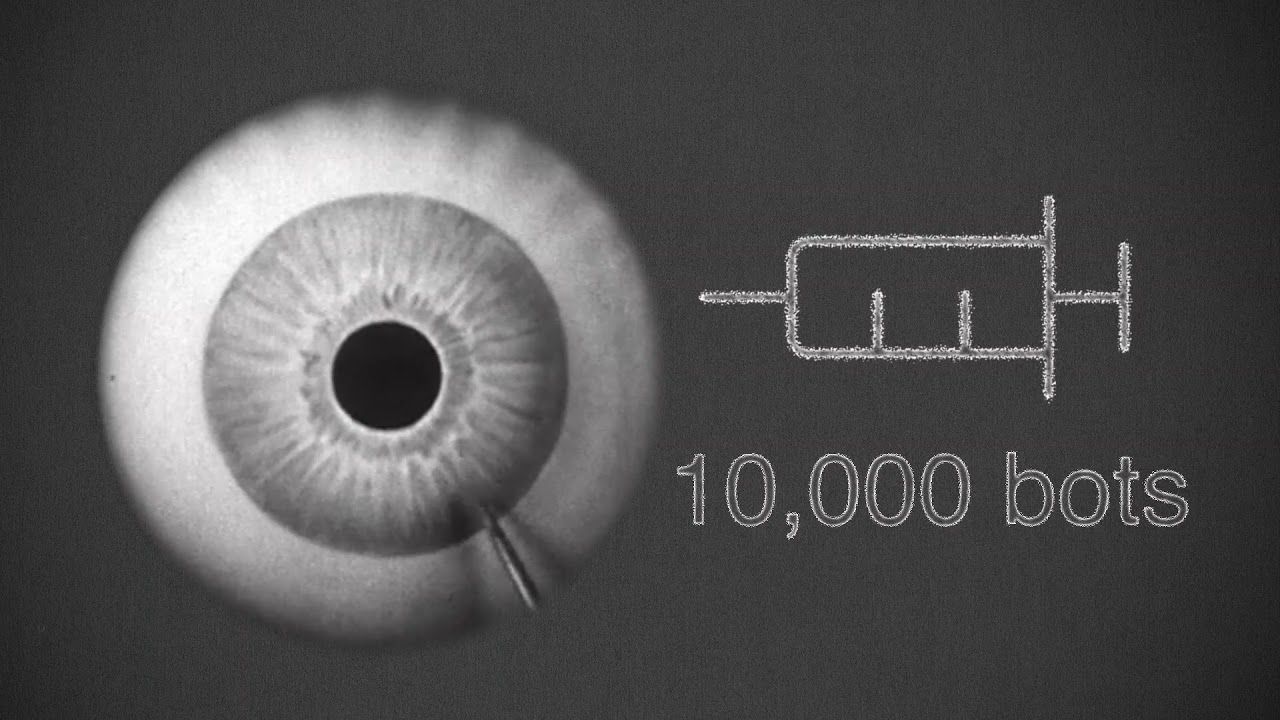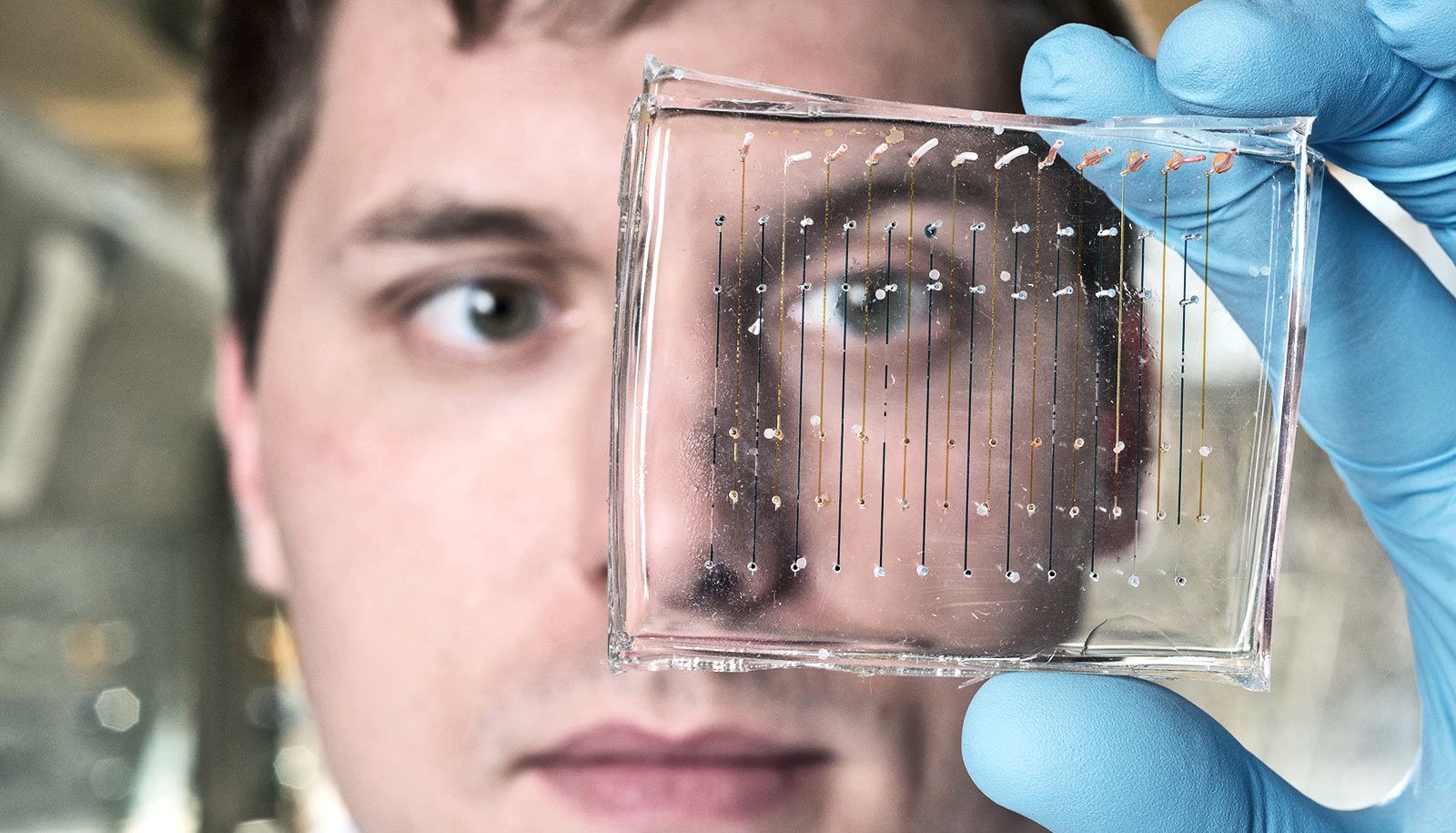Nov 15, 2018
More realistic research needed on substances that enter the environment
Posted by Xavier Rosseel in categories: biotech/medical, food, nanotechnology
Chemical substances and nanomaterials are processed on a massive scale in diverse products, while their risks have not been properly assessed. Time and again synthesised substances have been shown to pollute the environment more than lab tests predicted. This is the warning given by Professor of Ecotoxicology Martina Vijver from Leiden University in her inaugural lecture on 16 November.
Laboratory tests are inadequate, according to Vijver, because they do not imitate a complete ecosystem. In her inaugural lecture she will discuss in greater detail two examples of substances where more realistic research is needed: agricultural toxins and nanoparticles. ‘But the same can be said for many other groups of substances, such as antibiotics, plasticizers and GenX.’
